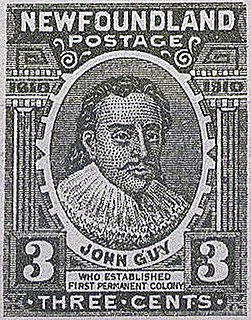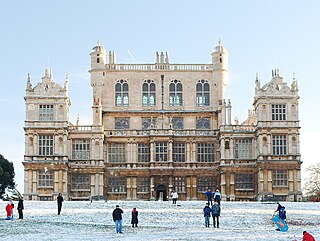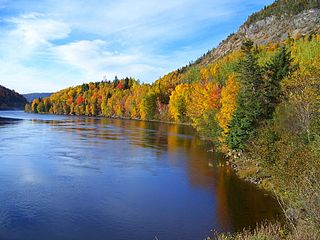| William Colston | |
|---|---|
| Born | Bristol, England |
| Nationality | British |
| Occupation | Newfoundland settler and deputy governor of colony |
William Colston (fl. 1610–1612) was an Englishman and one of the first settlers in the colony at Cuper's Cove, Newfoundland and Labrador, Canada. [1]
Floruit, abbreviated fl., Latin for "he/she flourished", denotes a date or period during which a person was known to have been alive or active. In English, the word may also be used as a noun indicating the time when someone flourished.
He was almost certainly a native of Bristol, England, and travelled to Newfoundland in 1610 as one of the first settlers in a scheme for the plantation of Newfoundland. They settled at Cuper's Cove and the colony was governed by John Guy, another Bristol man. Some authorities claim that Colston was Guy’s brother-in-law, though this is uncertain. [1]

Bristol is a city and county in South West England with a population of 459,300. The wider district has the 10th-largest population in England. The urban area population of 724,000 is the 8th-largest in the UK. The city borders North Somerset and South Gloucestershire, with the cities of Bath and Gloucester to the south-east and north-east, respectively. South Wales lies across the Severn estuary.

John Guy was an English merchant adventurer, colonist and politician who sat in the House of Commons from 1621 to 1624. He was the first proprietary governor of Newfoundland Colony, the first attempt to establish a colony on Newfoundland.
John Guy appointed Colston as deputy governor during his absence from the colony between August 1611 and June 1612, [2] and Colston kept the required journal of weather and what the settlers were doing throughout the winter, [1] though this journal has not survived. [3] After Guy returned from England, with 16 women settlers, [4] cattle and a chaplain, he is reported to have sent Colston home to England for a holiday. [2] Back in Bristol, Colston told John Slany, treasurer of the London and Bristol Company who sponsored the Cuper's Cove colony, of the vast riches to be had in Newfoundland.
John Slany, merchant, ship builder, born in Shropshire, England, was secretary of the Newfoundland Company and a member of the Merchant Taylor's Company. He had also invested in the East India Company.

The London and Bristol Company came about in the early 17th century when English merchants had begun to express an interest in the Newfoundland fishery. Financed by a syndicate of investors John Guy, himself a Bristol merchant, visited Newfoundland in 1608 to locate a favourable site for a colony. Upon his return to England 40 people applied for incorporation as the Tresurer and the Companye of Adventurers and planter of the Cittye of london and Bristoll for the Collonye or plantacon in Newfoundland. The company was known as the London and Bristol Company or simply the Newfoundland Company.
Other authorities claim that he remained longer in Cuper's Cove, and that Colston recorded the first birth of an English child in the settlement on 27 March 1613, when Nicholas Guy and his wife had a baby boy. [5] Prowse [6] claims that Guy abandoned Newfoundland in 1613, and left Colston in charge of the colony.






